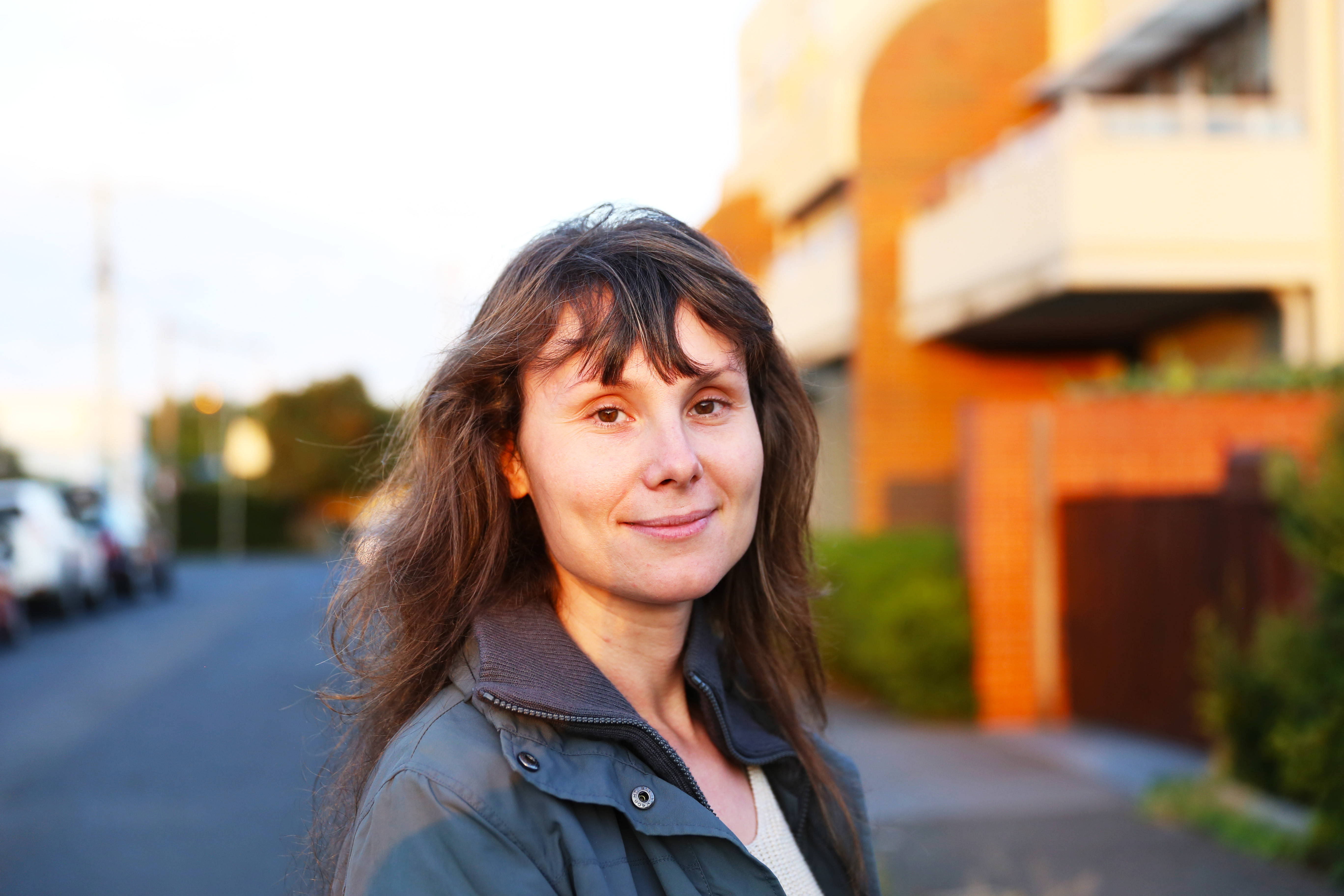Hello fellow humans!
I am back from a long break from blogs and social media for an update about my recent discoveries!
Since the beginning of my research (2 years already!), I have been working on the concept of connection. After various stages and outcomes, that I consider like branches all sprouting from the same trunk, I came to a major breakthrough in February that made me rethink entirely my art practice. At the beginning of this year, I started working on my emotions. I followed the directions found in the book ‘Letting Go’ by David R. Hawkins. I basically connected to what we regard as ‘negative’ emotions like fear and anxiety, for instance. I then tried to watch these emotions and kept feeling them without escaping the discomfort. It was very challenging. I then connected to the opposite of those feelings, like courage and acceptance. After a couple of months of practice, I found that I could automatically connect to a sense of love and compassion for myself. It was a sublime feeling of acceptance, after years of being so harsh on myself. Self-compassion is something that is not taught at school. Indeed the opposite is true: teachers and adults, in general, can be very harsh and judgemental with children. Those voices then, go inside our mind and become the voices of our conscience. From this, it is easy to understand how we can often be our own worst enemy.
A clear example is when one of our friends is having a rough time. We try to be kind and gentle. But when we are having a bad time, we judge ourselves very harshly.
This insight really changed the purpose of my art. Having tasted the beauty of love and compassion myself, how can I help people understand the power of these feelings?
That is when I brainstormed possible ways to help others and one of them is HUG: Humans User Guide and it’s an attempt to write an Instruction Manual for human beings, based on the replies of people that I meet on my photo journey. The question that I ask is simple:
‘If every human being came with a personal instruction manual, what would yours look like? What would some of the main instructions be?’
The effect is double: on one hand, I get to be compassionate listening to the stories of the people I meet. I get to practice a feeling that, I believe, can be developed and kept alive.
On the other hand, I hope to inspire self-compassion in my interviewees and compassion in the people reading the stories online.
One of my inspirations is the amazing blog Humans of New York. The founder of the project was initially more interested in the photographic aspect of the work but the result is very similar to HUG: one can’t help but feel compassion for people’s stories. I decided to keep the word ‘humans’ in my project as well. The main reason is because compassion and love transcend race, colour, religion, sex, identity, etc,… It’s universal. It’s a human thing. I want to state that the stories that I feature are of human beings like you and me. It also means that I am like you. There is no difference between you and me, we both have emotions and we are both struggling with them. This is when compassion for others can arise: when you realise that the person in front of you is like you. Even if they have an addiction to substances, are homeless, thieves or murderers: they are all me. And I am them.
I also opted for the acronym HUG because it really expresses the concept of connection that I previously mentioned. It’s a universal expression of compassion, brotherhood and love.
The following is the first post featuring one of my friends in Melbourne. Hope you enjoy and please let me know what you think 😉

“What I would suggest to myself is what I always say to my son: don’t waste your energy living in fear. It can be a useful emotion sometimes, but only if you know how to manage it… otherwise, if you are controlled by it, it will block you and it will make you waste a lot of time.
Since I was little, I had the fear of losing the people I loved. I had the premonition that I would have lost both my parents soon. I would often dream of my dad in an accident. One day, I was only 12, my dad was going out for a ride on his pushbike. He asked me to choose his outfit. Instead of picking the best one, I chose the ugliest because I could feel that it might have been the last time I would have seen him. I wanted to keep his best outfit for me, at home. And that’s exactly what happened. He died that same night. My mum died years after of an incurable disease. The night she passed away I had a dream about her. I was driving my car to the supermarket. It was dark outside. She was sitting next to me and said: ‘See? You can finally stop being afraid because I am gone now, but at the same time I can be here with you’.”
Elena, Melbourne, Australia
Instagram: https://www.instagram.com/__h_u_g__/


